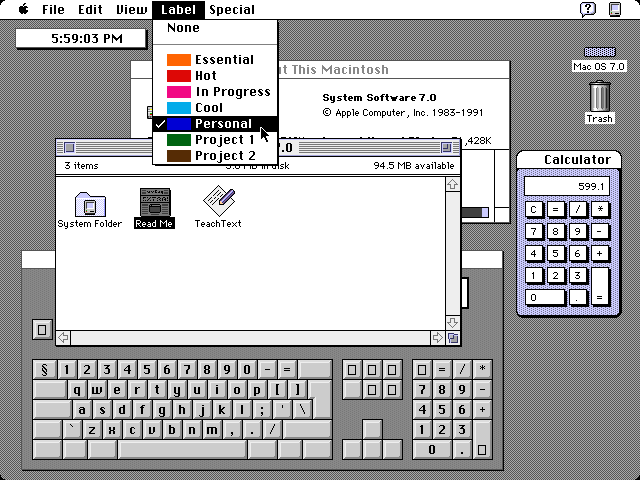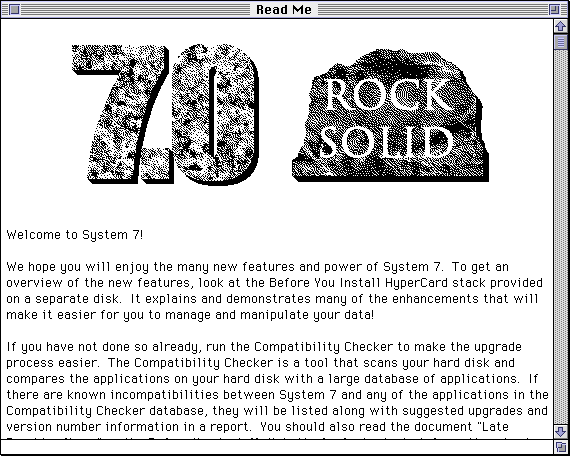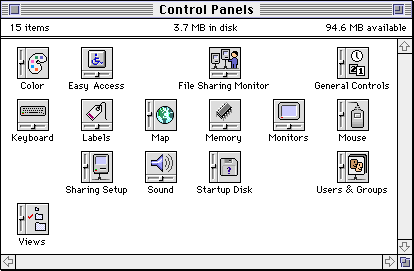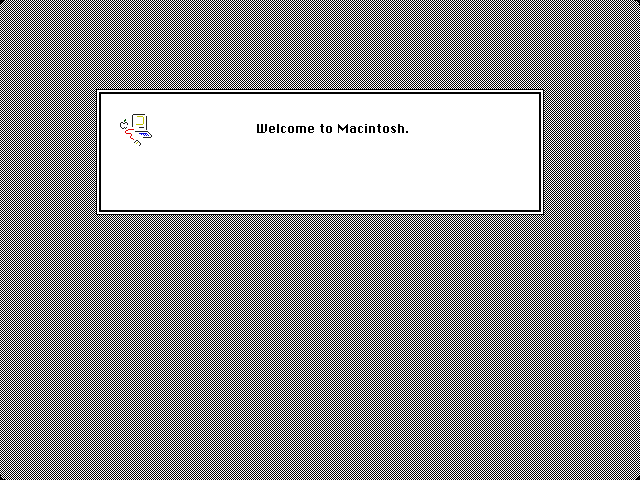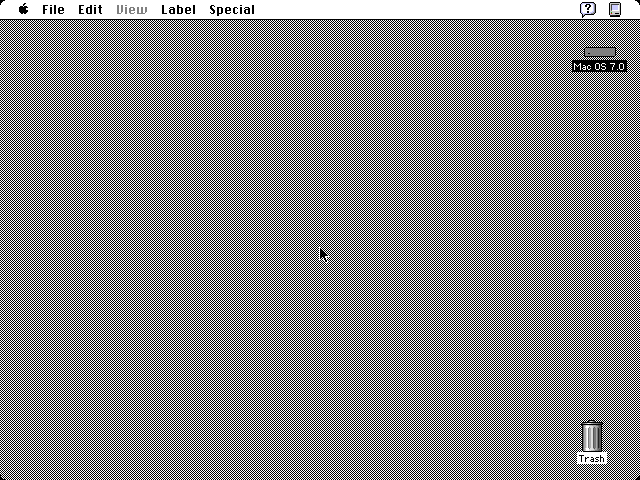In May 1991, Apple released its operating system called Mac OS 7, also known as System 7. It was the longest-running operating system for classic Macs – it was replaced after six long years by System 8 in 1997. System 7 meant for a real revolution for Mac owners in many ways, whether in terms of design and user interface, or in terms of innovative features.
Faster and better
"Seven" guaranteed users fast, nimble operation, and the possibility of working in a really good-looking interface. The features that the new version of the operating system for Macs came with also received a great response. For example, it brought the possibility of multitasking, in which several applications could run on the Mac at the same time, which was practically unthinkable until then. For the first time ever, Mac owners had the opportunity to work in one of the applications while another program ran smoothly in the background. Today we take this multitasking on computers for granted, but in the early nineties of the last century it was a real revolution that made people's work immensely easier.
Another groundbreaking innovation was the so-called aliases – small files that practically function as representatives of other objects in the system, be it documents, applications, peripherals or hard drives. By running the alias, the computer behaved as if the user had run the linked file, and the aliases also functioned after the user had moved or renamed them. The new operating system also brought new possibilities in the field of file sharing - thanks to the AppleTalk network, files and folders could easily be shared within a simple P2P LAN. It was possible to collaborate on projects remotely - in a similar way to what we know today from, for example, the Google Docs platform.
The display of TrueType fonts has also been improved, and the desktop has gained more customization options. System 7 came with support for more color variants, a new wizard feature for new users, and an overall improved look. In addition to a handful of pre-installed applications, Apple also introduced a number of multimedia programs with System 7 – during 1991, for example, users saw the arrival of the QuickTime player.
Primacy and revolution
Those who bought a new Mac at the time had System 7 already preinstalled on their computer, others could upgrade as part of the Personal Upgrade Kit program for $99, which included free quarterly technical support. The operating system was unusually large for its time - the installer did not fit on a regular 1,44MB diskette, so it was distributed on multiple disks. System 7 was also historically the first operating system from Apple that was also supplied on CD.
The System 7 operating system ran successfully until 1997, when Steve Jobs returned to Apple and had it replaced by System 8.
If you used System 7 in the past and want to reminisce nostalgically, you can use it interesting emulator.
